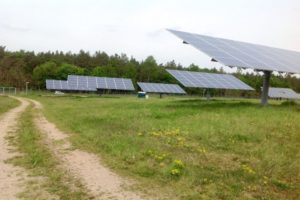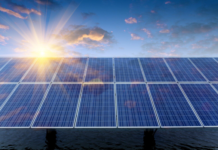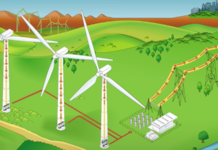
Solar power is fast becoming a key part of the global energy mix. Solar can play an important role in powering Kenya’s economic development if the potential for this technology is grasped. Despite rapid deployment of solar technology, there are several misconceptions which stand in the way of more rapid uptake, principally the idea that solar is expensive and only suitable for small scale off-grid applications.
Many potential users are not aware of the staggering cost reductions which have been achieved by the solar industry, and the scale of projects which are now routinely deployed in East Africa.
However “seeing is believing” and there are a growing number of forward thinking organisations in Kenya which have installed solar power systems to generate low-cost solar electricity for their businesses. The companies, which include Williamson Tea, are making significant savings on their energy bills. Williamson Tea’s hybrid solar system at its farm in Bomet is helping the company to reduce its energy bills by 30 per cent every year. The solar systems installed by farms, factories, offices, shops and homes are helping power the buildings and the lives of people who reside in them. These systems also feed energy into the national grid, thereby helping to alleviate Kenya’s energy deficit.
The UK, for example, has 12 gigawatts of solar power systems feeding power into the grid or directly to homes and businesses. Just imagine what these solar panels could do in Kenya which has double the solar resource of northern Europe.
Where there is no grid power available, small scale and portable solar technology can be used to bring light, communications and even entertainment to the remotest of places. Due to the long life, falling capital costs and very low running costs of solar power, this renewable energy technology can provide power which is cheaper than retail price power or power from standby generators.
Once the solar system has been installed, the price of electricity generated is fixed for at least 25 years. The lifetime cost of electricity, also known as levelised costs of energy, is lower than grid prices for most consumers and is significantly lower than the cost of power from standby generators. Globally, the solar industry is booming. A report by IHS this year notes that global solar PV demand has grown for the 10th straight year, noting that in 2016 total solar installed globally reached 77 GW. This is up from 59GW of solar PV installed globally in 2015.
Source: http://www.the-star.co.ke



















